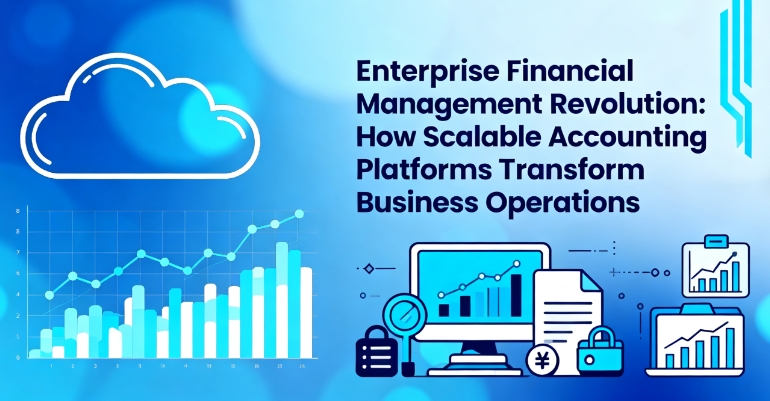Streamlining Workforce Management with Advanced Employee Scheduling Solutions
Discover how advanced employee scheduling software can transform workforce management. This article explores key benefits, features, and tips for selecting the right tool to enhance productivity, reduce errors, and streamline staff planning. Ideal for HR professionals and managers, the guide emphasizes automation, cost savings, and improved employee experience for better organizational efficiency.

Streamlining Workforce Management with Advanced Employee Scheduling Solutions
Effective employee management is crucial for any business's success. Optimizing staff scheduling helps boost productivity, reduce errors, and ensure smooth operations. Modern employee scheduling software simplifies this process through automation and real-time updates.
Advantages of employee scheduling software
These tools are highly adaptable across various industries, making employee management more efficient and error-free.
Effortless Shift Planning and Management
Automation tools handle scheduling, shift allocation, and activity integration seamlessly.
Previously, these tasks relied heavily on manual input, increasing the risk of mistakes. Automated scheduling reduces human errors, saves time, and cuts costs for businesses managing large or complex teams.
Mitigating Scheduling Conflicts
Handling last-minute changes and avoiding clashes can be challenging. Web-based scheduling software allows managers to quickly modify shifts and address conflicts with a few clicks, eliminating the need for manual spreadsheet edits or lengthy calls.
Cost Savings on Labor
Centralized labor data provides valuable insights into wage expenses and overtime. Real-time tracking of clock-ins and clock-outs facilitates accurate payroll calculations and simplifies labor cost analysis.
Automating this process helps HR teams manage wages efficiently and securely store labor records for quick access in case of disputes.
Remote Access to Schedules
Employees and managers benefit from convenient access to schedules and pay details from any device. This transparency assists HR during appraisals and performance reviews by providing clear attendance and productivity records.
Streamlined Leave Approval
Automated scheduling makes leave requests straightforward. Employees can request leave in advance, and the software checks workforce availability instantly before approval. This reduces HR workload and minimizes scheduling errors, especially in large organizations with extensive staff rosters.
Enhancing Employee Experience
Intuitive interfaces make clocking hours and managing shifts easy, increasing user satisfaction.
How to Select the Right Employee Scheduling Tool
Before choosing a solution, companies should assess their specific scheduling requirements and goals.
Identify operational needs and priorities
Choose user-friendly interfaces
Look for customization options
Ensure reliable customer support
Prioritize data security and privacy
Consider future scalability
Review pricing models
Typical Cost Range for Scheduling Software
Prices vary from approx. $4 to $30 per month, depending on features and vendor. Some solutions are free, while premium options offer advanced functionalities via subscription plans. Businesses should match features to their budgets and needs.
Leading Workforce Scheduling Platforms
Connecteam
Acuity Scheduling
ClockShark
Homebase
DeskTrack
Note:
This article covers various aspects of employee scheduling tools to help organizations optimize staffing processes. While the information is based on recent research, readers should conduct their own evaluations before making purchase decisions. The site is not responsible for data discrepancies or missed offers related to specific vendors.










